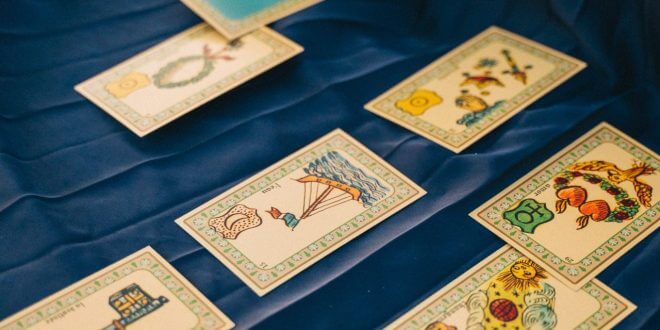Lenormand Oracle Deck
Origin of Lenormand cards
Lenormand oracle deck has been used in Europe since the early nineteenth century. It is still very popular in many countries. It has widespread use in Europe and Brazil. Until recently it was a relatively unknown shuffle in Spanish-speaking countries and the rest of the world. The letters are called Guess the famous French Mlle.
Marie-Anne Lenormand (1772-1843), whose life was an adventure, survived imprisonment during the French Revolution. She later became the cream of Parisian society, which he called “the Sibyl salons.”
Today probably she appears on morning television programs and has a column in a national newspaper. It was hobnobbing with the rich and famous, including Empress Josephine, whom I advised before, during, and after her marriage to Napoleon Bonaparte, an Emperor whose ambitions changed the face of Europe.
Lenormand Oracle Deck: Divorce Prediction
This resulted in an unexpected prediction of Lenormand about his divorce. This was necessary due to the advanced age of his beloved Josephine to give an heir to condemn a brief period of imprisonment to silence his prophecies.
Although the deck is named Mlle, Lenormand was not its inventor. This woman used different methods of divination and palmistry, Tarot, and other oracles. Still, like many fortune-tellers or psychics who worked with letters in the eighteenth century, she used a small deck of 32 cards called piquet, which had withdrawn all the cards numbered 2 through 6.
Lenormand Oracle Deck: The Piquet Card game
The piquet card game is a sixteenth century played with 32 cards, and the fortune-tellers are also used for divination. Card reading by this method was shared throughout France and Italy. The fortune-teller popularized French Etteilla as the pseudonym of the influential and esoteric Alliette Jean-Baptiste (1738-1791). The Grand Etteilla tarot was one of the triggers of Tarot recovery in modern times.
Origin of Deck
Images from the standard Lenormand deck we use today originate in the German family game of 1800 called “Das Spiel der Hoffnung.” This is the game of hope created by the German businessman Johann Kaspar Hechtel (1771-1799 ). It was a board game in which 36 cards in a square the players vying to be the winner were ready. It was played with two dice, which determined the advance around the board.
This game had identical pictures and numbers to the Lenormand cards. It also incorporated the equivalent of European cartomancy cards. It included all six of the deck so they could be used to play cards. The game of hope and the elements of the merged piquet card reading at this time provide a deck of fortune-tellers illustrated cards. This combined images with the cards’ values, creating a generic oracle called Petit Lenormand.
Lenormand Oracle Deck: The petit Lenormand decks
The petit Lenormand decks, as this oracle, comprises 36 cards with emblems of each letter. It gets its name, in addition to preserving the cards in the most primitive cartomancy. However, this pack includes three extra cards.
Lenormand oracle is unique and accurate at all complex or esoteric; it has been widely used in everyday situations. They are cards used as an oracle of living and the Roma and Traveller communities for divination.
 Sun Signs Everything Under The Sun!
Sun Signs Everything Under The Sun!
